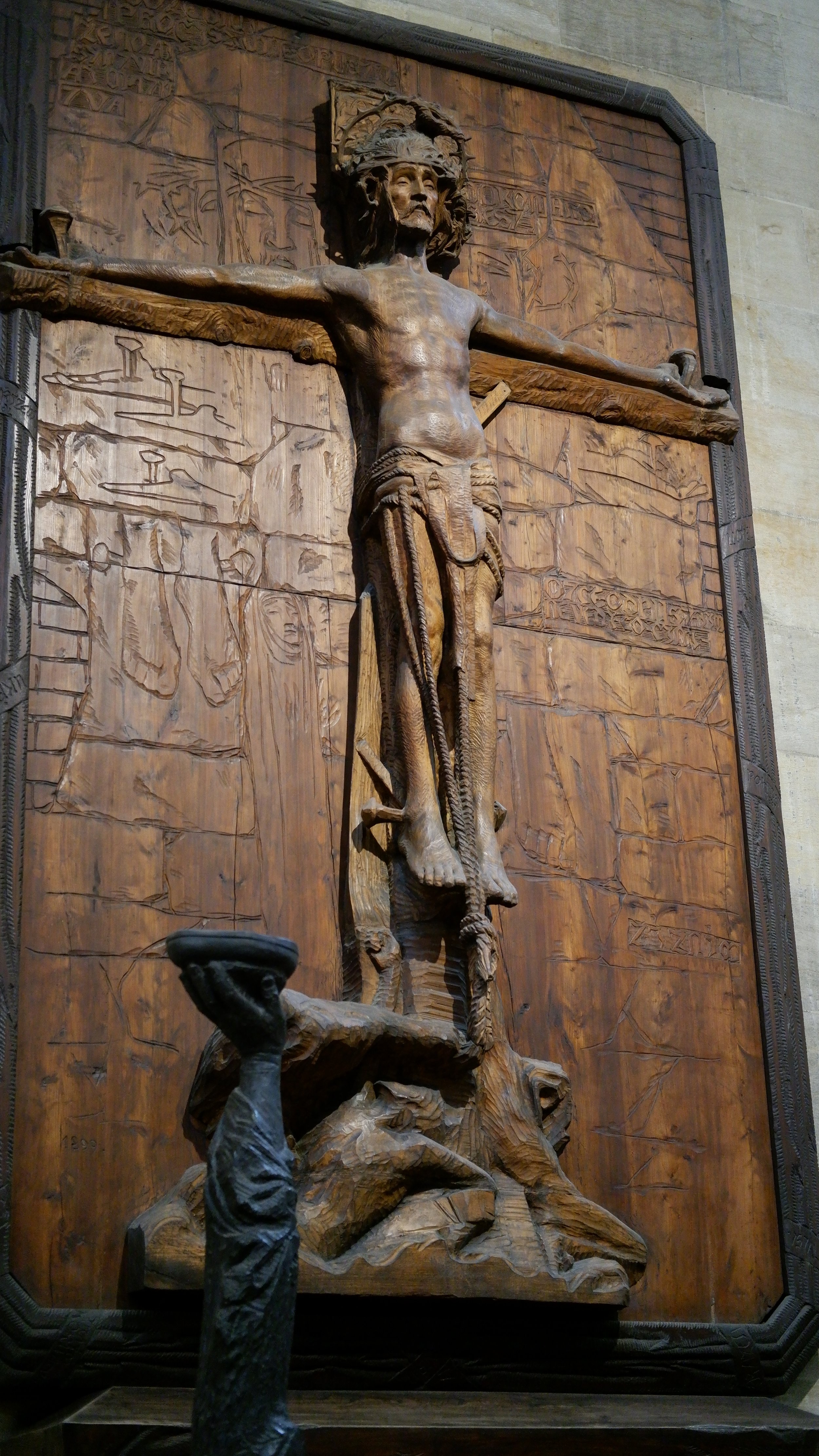The HXHM Reflections
If a child learns that satisfaction comes with a swipe, not a sketch… That music is what you download, not what you practice…That beauty is filtered, not crafted…Then what will compel them to create anything at all?
But when reckoning turns into revisionism, when art is reduced to ideology, when artists are turned into ideologues, and when traditions are miscast as tools of oppression without understanding their origins, we lose the very thing that makes music sacred: its ability to speak across time, culture, and division.
Sacred music doesn’t require an altar to be holy. What makes music sacred is not location—but invocation. It’s the posture of the heart of the performer, the intention behind the creation, the resonance of symbol, and the invitation into meaning.
The world is aching for music that speaks beyond entertainment, beyond capitalism, beyond distraction. Let us be artists who serve not only the art—but the Spirit within us that brings about our artistry.
Our tools should match our convictions, not our categories.
The baton isn’t reserved for orchestras or ensembles of massive proportions. It’s reserved for clarity, discipline, and expressivity—qualities that belong just as much in the choral realm as anywhere else.
What makes sacred art truly sacred? It’s not just feeling deeply—it’s standing firmly. In a world torn between empathy and righteousness, the sacred artist is called to hold both. This post explores the moral compass of the artist's calling—and how we create from both tenderness and truth.
The land that drinks the rain falling again and again… in time, bears fruit—useful to those who cultivated it.
To repeat something daily is to mark it as meaningful.
Repetition is how monks chant Psalms, how dancers master a routine, how children memorize how it feels to be love.
Sometimes, the most faithful thing an artist can do is to step away from a piece.
To trust that what is unfinished in the work mirrors what is unfinished in ourselves.
In an era where machines can generate music, images, and text with chilling precision, the value of human creativity must be rooted not in what we produce—but in how we produce it. This post reflects on what it means to create with intention in a world of instant results and explores how the artistic process becomes our most sacred offering.
I look around at this post Covid world — a world sprinting faster every day toward automation, self indulgence, and instant gratification — and I wonder if anything I’m crafting will even have a place.
When we hear the word sacred, many think of the religious — the holy, the sanctified, the set apart for worship. And yes, the sacred is all of these things. But it’s also something more fundamental, more deeply human: The sacred is that which is deliberately filled with meaning. It is what we choose to treat with reverence, focus, and care.
In an era where machines can generate music, images, and text with chilling precision, the value of human creativity must be rooted not in what we produce—but in how we produce it. This post reflects on what it means to create with intention in a world of instant results and explores how the artistic process becomes our most sacred offering.
The land that drinks the rain falling again and again… in time, bears fruit—useful to those who cultivated it.














It’s time to reclaim what classical music truly is—and who gets to be called a classical musician. The canon is not a cage. It is a chorus, still growing in song. This post is for composers, listeners, and stewards of beauty in an age of noise.